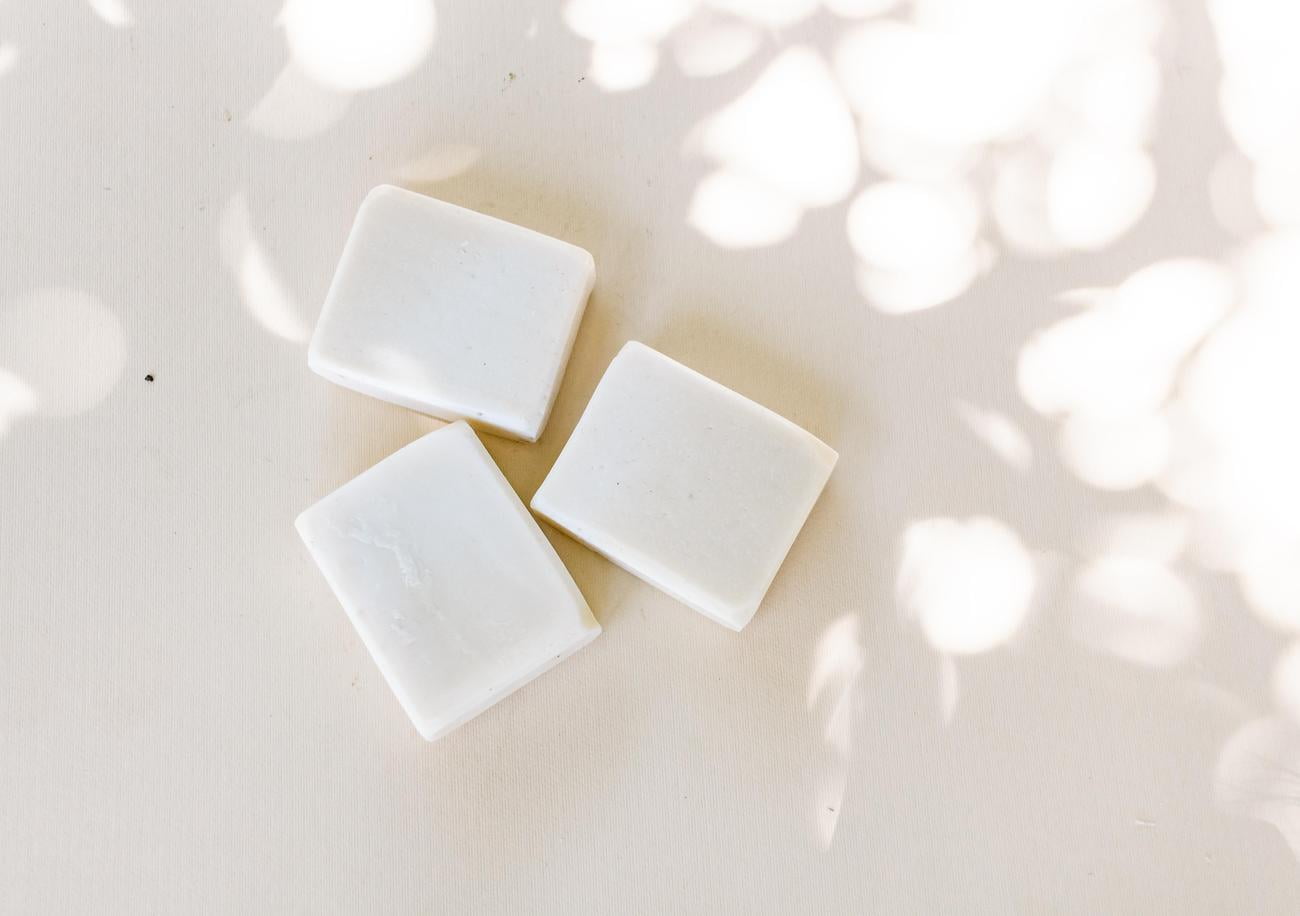Delve into a world where bubbles take on a whole new level of intrigue and meaning. In this captivating exploration of soap names, we uncover the linguistic significance and origins that lie beneath the surface of our everyday bath and body essentials. As a seasoned writer with a passion for etymology, I bring my expertise and keen eye for research to shed light on the captivating meanings behind soap names. Together, let’s embark on a journey that unravels the rich narratives, historical anecdotes, and cultural influences that shape the monikers of these cleansing products. Brace yourself for an enthralling linguistic adventure, as we unlock the hidden tales behind soap names.

Soap Name Meaning
Have you ever wondered about the intriguing names assigned to different soaps? Behind these seemingly ordinary labels lies a hidden world of linguistic significance and historical narratives. Let’s embark on a journey into the captivating meaning and origins of soap names, unveiling the stories that shape our bath and body essentials.
Unraveling the Etymology:
To truly understand the significance of soap names, we must delve into their etymology. The word “soap” is believed to have Scottish origins, meaning “clean.” However, there are intriguing variations in different regions. In North Carolina, United States, an individual believes that the name “Soap” signifies a deeper purpose: “The holder of this name shall one day cleanse the earth.”
Such diverse interpretations highlight the multifaceted nature of soap names. They are not merely random labels, but rather symbols of cleanliness and purification. Whether it be the Scottish roots or the envisioned destiny, soap names carry a sense of freshness and renewal.
Cultural Influences:
Soap is not just a practical cleansing product; it is deeply embedded in culture and history. From ancient civilizations to contemporary societies, soap has played a significant role. In Latin, the word for soap is “sapo,” likely originating from an early Germanic language. This connection to Latin highlights the linguistic ties that transcend borders and time.
Throughout history, soap-making has been described in various accounts. In Pliny the Elder’s “Historia Naturalis,” soap is depicted as a fusion of tallow and ashes, illustrating the evolution of soap production techniques. These historical anecdotes demonstrate how soap names encapsulate the traditions and knowledge passed down from generation to generation.
The Variety of Soap Names:
Soap names span a wide spectrum, reflecting the diverse forms and functions of this essential cleansing agent. Whether it comes in bar, liquid, or powder form, soap remains a versatile product that adapts to our evolving needs. This versatility is mirrored in the multitude of brand names that we encounter, such as Dove, Ivory, and Palmolive.
Just as no two individuals are alike, no two soap names are identical. They can be customized with different scents, colors, and additives to suit individual preferences. This customization allows soap to cater to our personal tastes and needs, making the act of cleansing an enjoyable and personalized experience.
Soap Names Beyond Cleansing:
While soap primarily serves the purpose of washing oneself, its influence extends beyond our bathtubs. Soap operas, a popular form of television drama, are a testament to how soap has permeated popular culture. The connection between soap and dramatic storytelling speaks to the enduring impact of this humble cleansing agent.
Soap dishes, designed to hold bars of soap and prevent messiness, also contribute to the narrative surrounding soap names. These functional objects ensure that our soap remains pristine, ready to cleanse at a moment’s notice. They are symbolic guardians of cleanliness, mirroring the sacred purpose that soap fulfills in our lives.
Unlocking the Essence of Soap Names:
In conclusion, the names given to soaps are not mere labels; they are gateways to a realm of rich narratives and linguistic significance. From their etymology to cultural influences, soap names embody the essence of cleanliness, tradition, and personalization. As we ponder over the diverse soap names that grace our shelves, let us appreciate the linguistic tapestry that underlies our everyday bath and body essentials.
“Soap names are like linguistic windows, inviting us to explore the rich narratives and cultural influences behind our cleansing rituals.”
Soap has been a crucial part of our daily hygiene routine for centuries. But did you know that there are some fascinating facts about soap that you might not be aware of? If you’re curious to learn more, click here to discover some intriguing facts about soap.
To uncover the fascinating history and origins of soap names, look no further than our article titled “Soap Name Meaning.” Delve into the rich tapestry of the soap industry, exploring the historical significance that these names hold. Journey through time as we unravel the symbolism behind these seemingly simple labels. From the birth of soap to the present day, our article is your definitive guide. Embark on an enlightening adventure by clicking this link: Origins of soap names.
Saponification: The Process of Making Soap – A Comprehensive Guide
[youtube v=”Tu_sWoHULtY”]
Introduction
Welcome to this comprehensive guide on saponification, the fascinating process of making soap. In this article, we will explore the step-by-step procedure of creating soap through saponification, along with some interesting insights into the history and significance of soap. So, let’s dive into the world of soap-making, where science and creativity converge!
The Process of Making Soap
Saponification is a chemical reaction that transforms simple ingredients into soap. To begin the process, we gather some essential materials like measuring cylinders, common salt, glass beakers, coconut oil, and a 20% sodium hydroxide (NaOH) solution. These ingredients play a fundamental role in creating a soap mixture.
First, we measure 25 ml of coconut oil into a glass beaker using a measuring cylinder. Simultaneously, we measure 30 ml of the 20% NaOH solution into another measuring cylinder. These two substances are then combined, and the mixture is vigorously stirred with a glass rod. As a result of this exothermic reaction between the coconut oil and the sodium hydroxide solution, the beaker becomes warm.
To further the soap-making process, we place the beaker on a Bunsen burner and heat it until the mixture turns into a whitish paste. At this point, the mixture consists of soap in suspension form and glycerol. This transformation occurs due to the saponification process taking place between the vegetable oil (coconut oil) and the sodium hydroxide solution.
Testing the Soap Solution
Once the mixture has cooled down, we test the soap solution to evaluate its properties. Firstly, we dip a red litmus paper into the suspension formed. The red litmus paper changes to a blue color upon contact with the soap solution, indicating its basic nature. This demonstrates the alkaline properties of the soap solution.
On the other hand, when a blue litmus paper is dipped into the suspension, the color of the paper remains the same. This signifies that the soap suspension is not acidic in nature. These pH tests highlight the importance of soap in maintaining balance and preserving the natural characteristics of our skin.
Precipitating the Soap
To precipitate the soap as a solid, we add 15 grams of common salt into the suspension and stir it well with a glass rod. The addition of salt facilitates the separation of soap from the mixture. We then take a filter paper and fix it inside a filter funnel. Placing a glass rod over the funnel, we pour the soap-containing mixture onto the glass rod to filter out any impurities. The soap is left behind on the filter paper, ready for further processing.
Shaping and Drying the Soap
To shape the soap, we carefully remove it from the funnel using a spatula and place it on a filter paper. The excess moisture is absorbed by gently pressing another filter paper onto the soap, allowing it to dry. Once dry, the soap can be easily cut into the desired shape using a knife. Now, you have your very own homemade soap, fully prepared for use or as a personalized gift!
Conclusion
The captivating process of saponification allows us to create soap from simple ingredients. Through the careful combination of coconut oil and sodium hydroxide solution, we witness a chemical transformation that results in a cleansing and nourishing product for our daily lives. So next time you use soap, remember the fascinating journey it took to reach your hands! As we indulge in the wide variety of soap available in the market, let us appreciate the rich history, versatility, and personalization that soap provides.
“The mesmerizing process of saponification brings together science and creativity, giving birth to a cleansing and nourishing product that enhances our daily lives.”

FAQ
Question 1: What is the origin of the name Soap?
Answer 1: The name Soap is believed to be of Scottish origin and means “Clean.” However, there is a belief held by a user from North Carolina, U.S. that the name Soap is of English origin and means “The holder of this name shall one day cleanse the earth.”
Question 2: What is soap and how is it used?
Answer 2: Soap is a substance used with water for washing oneself or sometimes for washing clothes. It can be in the form of a bar, liquid, or powder. The formula for soap usually involves the action of alkali on fat or fatty acids, resulting in the formation of sodium or potassium salts of such acids. Soap is commonly used for handwashing and is often found under different brand names.
Question 3: How did the word “soap” originate?
Answer 3: The word “soap” likely originated from an early Germanic language and is related to the Latin word “sapo,” which means soap. Another related Latin word is “sebum,” meaning “tallow,” which is a key ingredient in soap-making.
Question 4: What is the history behind soap-making?
Answer 4: Soap-making has been described in the ancient account of Pliny the Elder’s “Historia Naturalis.” According to this account, soap was made from tallow and ashes. To make soap, ingredients such as fats or oils, water, and lye are mixed together and undergo a chemical reaction called saponification.
Question 5: What are some popular soap brands?
Answer 5: Some popular soap brands include Dove, Ivory, and Palmolive.
- China II Review: Delicious Food & Speedy Service - April 17, 2025
- Understand Virginia’s Flag: History & Debate - April 17, 2025
- Explore Long Island’s Map: Unique Regions & Insights - April 17, 2025
















